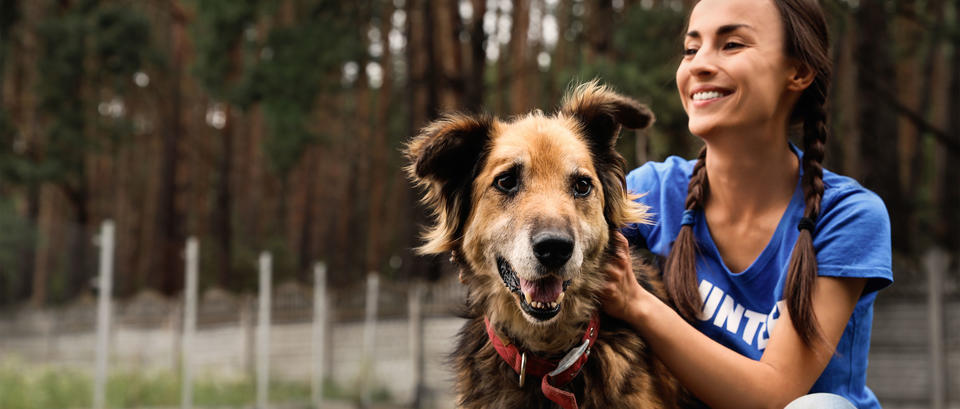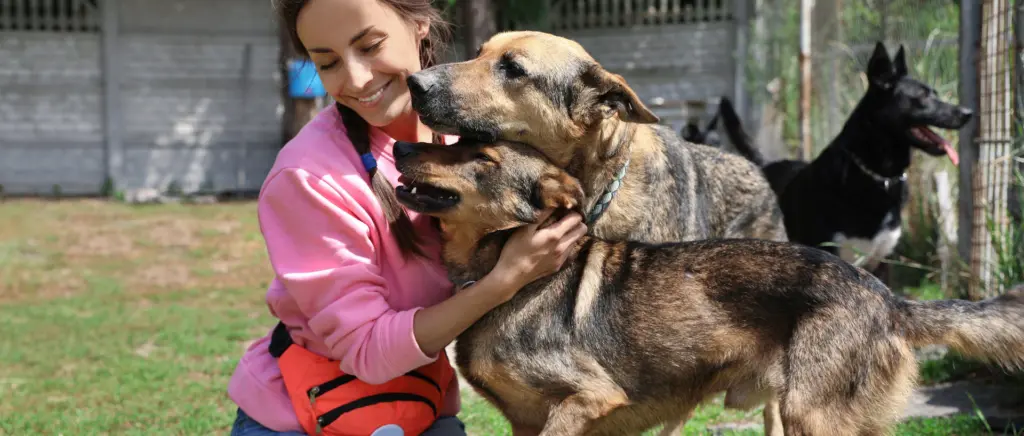As animal lovers, we’ve probably all had dreams of owning a huge piece of property where all our beloved animals have room to play, relax and safely live their very best lives. But what if you want to turn that dream into a reality? Starting an animal sanctuary takes a lot of time, money and effort, so it’s important to take all the logistics into consideration before diving in.
Set Your Goals
When starting your animal sanctuary, you need to establish what kinds of animals you want to care for. Do you want to rescue a particular breed, like Chihuahuas or Pit Bulls, or do you want to fill a wider need in the community and take in any dog? You probably have a dog or three in your household already, but have you taken care of abandoned animals before? Are there specific goals you have for the care of the animals, such as spaying or neutering before adoption to help curb the population of homeless pets?
Setting these goals and even writing a mission statement can help you visualize the scope of your sanctuary and the money, people and resources you’ll need to hit the ground running. You should also use this time to seek legal advice, find insurance for your operation and figure out ways to secure funding.
A Place to Stay
Just like with the purchase of any property, you should consider any issues that could be caused by weather and terrain, like flooding or wildfires. Such conditions could jeopardize the safety of your animals. You will also need room for the dogs to sleep, preferably indoors or at least under cover. It’s best if the property already has buildings with basic amenities like heat, electricity and safe drinking water that can be converted based on your needs, like adding kennels or a visitation area.
Isolation space is also important for animals being introduced to the facility. There, you can assess their health, behavior and temperament before bringing them in contact with their fellow residents. Finally, once you have your buildings and outdoor spaces ready, you should create evacuation and safety plans in case of emergency.

Filling Their Bowls
Food might be your biggest ongoing expense, but it’s important that your canine guests get a healthy, balanced diet. As a non-profit, one way to lower your food costs is to seek out dog food donations from your local grocery store or pet specialty shop. However, relying on donated food alone can make it tricky to give the dogs a consistent diet. This can be problematic if you have any dogs with medical conditions that require a special diet. Donations should be unopened, have sufficient shelf life remaining and have been stored at ambient conditions. Fundraising and making your community aware of the specific foods you need will help you provide consistent, high-quality meals to your doggy denizens.
Caring for Them
Keeping the dogs in your animal sanctuary healthy is another big undertaking. Make sure your isolation space is equipped with a bathing station to give new rescues a thorough clean and check them out for fleas and other pests you wouldn’t want spreading to the population at large. You should also ensure that all indoor and outdoor living spaces are kept clean and safe.
Ask veterinarians in your area if they might be willing to partner with your cause to help keep your rescues healthy, perhaps at a reduced rate. This will ensure that the dogs are up-to-date on vaccinations, spayed or neutered and free of pests. Gathering other volunteers from your community is important, too—you’ll need people to help keep the dogs socialized, take them on walks, play with them and give them all the love they deserve. Volunteers can help with day-to-day operations like cleaning and fundraising efforts as well.
Help Your Community Now
If starting your own animal sanctuary is a long way off, there are still plenty of ways that you can help animals near you. Support other rescues and sanctuaries in your community by volunteering—you’ll gain experience working with animals from different backgrounds and have opportunities to talk with the heads of the operation about their experiences. You can even contribute financially, make food donations or help out with other fundraising efforts by spreading awareness in your community and on social media.
Another way you can help is by simply buying your pet’s favorite Nutrish® food and treats. A portion of proceeds from each sale is donated to The Rachael Ray Foundation™, which helps fund animal charities and other organizations that do good for animals. Pick up a bag to help do Real Good for animals everywhere.
